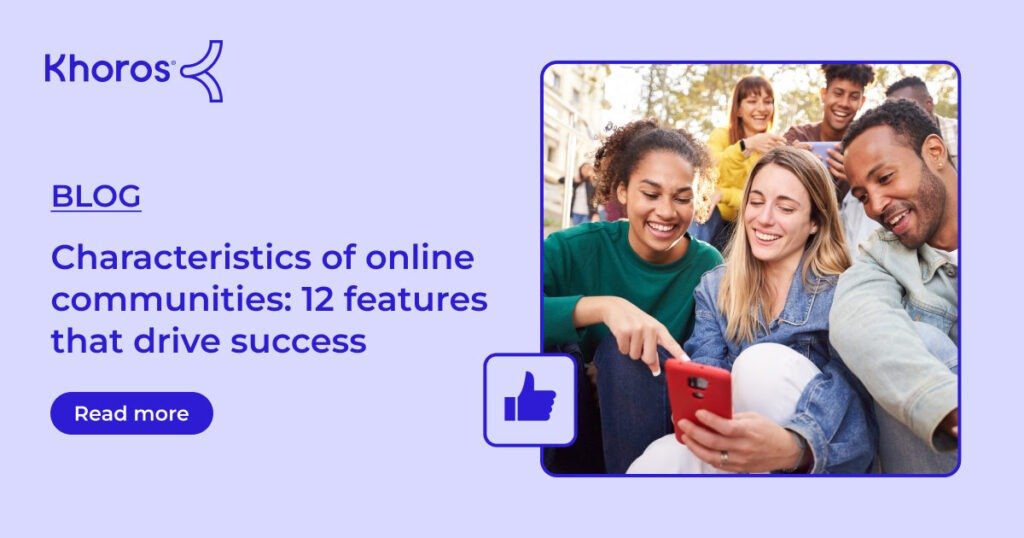
Sustainable engagement relies upon providing tangible value for community members. This can be accomplished in a number of ways; ultimately, people want to feel they’re part of an authentic group of fellow users.
Digital engagement spaces can provide high-quality authorised information while giving all participants an opportunity to ask questions, which can be especially useful when handling sensitive or complex matters.
1. Encourage Participation
Engage members of your community by designing strategies tailored specifically to their needs. You can do this by getting to know them better, using data analytics, and offering diverse content options.
Give community members a platform for telling their stories by featuring them as the focus of a spotlight feature. This will enable other community members to get to know more about them and form meaningful connections with them. You can also encourage members to take action by showing that their contributions are making an impact, such as commenting on posts with feedback or good work comments; provide a platform that enables members to mention one another when sharing posts; it’s also crucial that members can have an easy way of sharing posts between one another.
Consider the time commitment of your community members when developing engagement strategies. People, such as full-time students, may have very limited free time for online discussions – be sure to acknowledge this limitation and find ways to encourage participation without making it an essential element of their course.
2. Create Spaces for Interaction
Community success hinges on members forming meaningful connections and engaging with one another, but it can be hard for individuals to interact if there is no common purpose or goal that unites them.
Establishing ground rules and guidelines for community interactions can help create an engaged atmosphere. Though this might seem counterproductive when trying to promote interaction, establishing clear boundaries allows for more productive discussions.
Delivering resources such as blog posts, tutorials or webinars can be an excellent way to spark dialogue and establish yourself as an authority within an industry. Furthermore, sharing these materials may attract more new members to your community – so giving away freebies or resources may even drive growth!
Monitoring key community engagement metrics can help your company identify where changes to its strategy may be necessary. For instance, if page views remain stable while post creation declines significantly, you may need to launch new discussions or initiatives in order to revitalize activity and bring back engagement.
3. Encourage Feedback
An engaged online community can be an invaluable asset to businesses of any kind, providing novel solutions, improved products, increased customer loyalty, and driving innovation. Yet effective community engagement takes time and requires dedication from everyone involved; following are a few tips to increase participation:
Encourage members of your community to share stories that build stronger bonds within it. For instance, if you host a community for visual artists, ask them to tell how the group has helped them discover themselves or connected with other artists in it.
Monitoring page views on key content pieces like articles, discussions and Q&As can give an indication of their success with members. High page views typically indicate that members are engaging with your content while low views could suggest it hasn’t resonated well or promotion was inadequate. Participation rates indicate your community members have questions you can address through discussion threads; conversely if engagement in discussion has decreased considerably then consider starting new discussions to increase activity levels and engagement rates.
4. Encourage Referrals
Many community managers fear that encouraging in-person engagement may decrease online participation; however, this needn’t necessarily be the case as these two interactions may complement each other rather than decrease engagement levels.
Giving users valuable resources like blog posts, videos, case studies and discussions that help solve their issues positions your brand as an authority in its industry or niche and drives growth in communities. By encouraging users to share this content they may further expand the impact of what your brand provides them.
Building a referral program offering incentives such as discounts, special rewards or freebies can be an excellent engagement strategy. The key is making it simple and appealing enough that participants want to join, while optimizing it over time.
5. Create a Community Calendar
An engaging community calendar is an effective way to keep members involved by publicizing events and opportunities. The community events plugin makes creating one easy; simply add events, customize its shareable link with read-only access if required and share away!
Your members can be motivated to engage with contests and activities tailored to their demographics, such as polling or blog posts that draw their interest – thus increasing brand recognition and engagement.
Assign super users or chapter leaders the task of initiating discussions at regular intervals to ensure everyone can take part in discussions and gain insight into which content resonates most with your community.
6. Reward Members
Rewarding community members for their engagement strategies is one of the best ways to keep your community vibrant. Be it through personalized newsletters or emails, featuring standout community content on your website, or awarding badges that reflect their achievements within your community, this gesture shows your gratitude while simultaneously motivating members to remain engaged with it.
Monitoring key metrics can also help you assess which engagement tactics are working, as well as any areas for improvement. Conducting regular community health checks will enable you to keep an eye on things such as page views, discussion activity and event participation; any drop in engagement levels could indicate either that your strategy for recruiting new members is no longer successful or that it may be time for an overhaul of community offerings.


